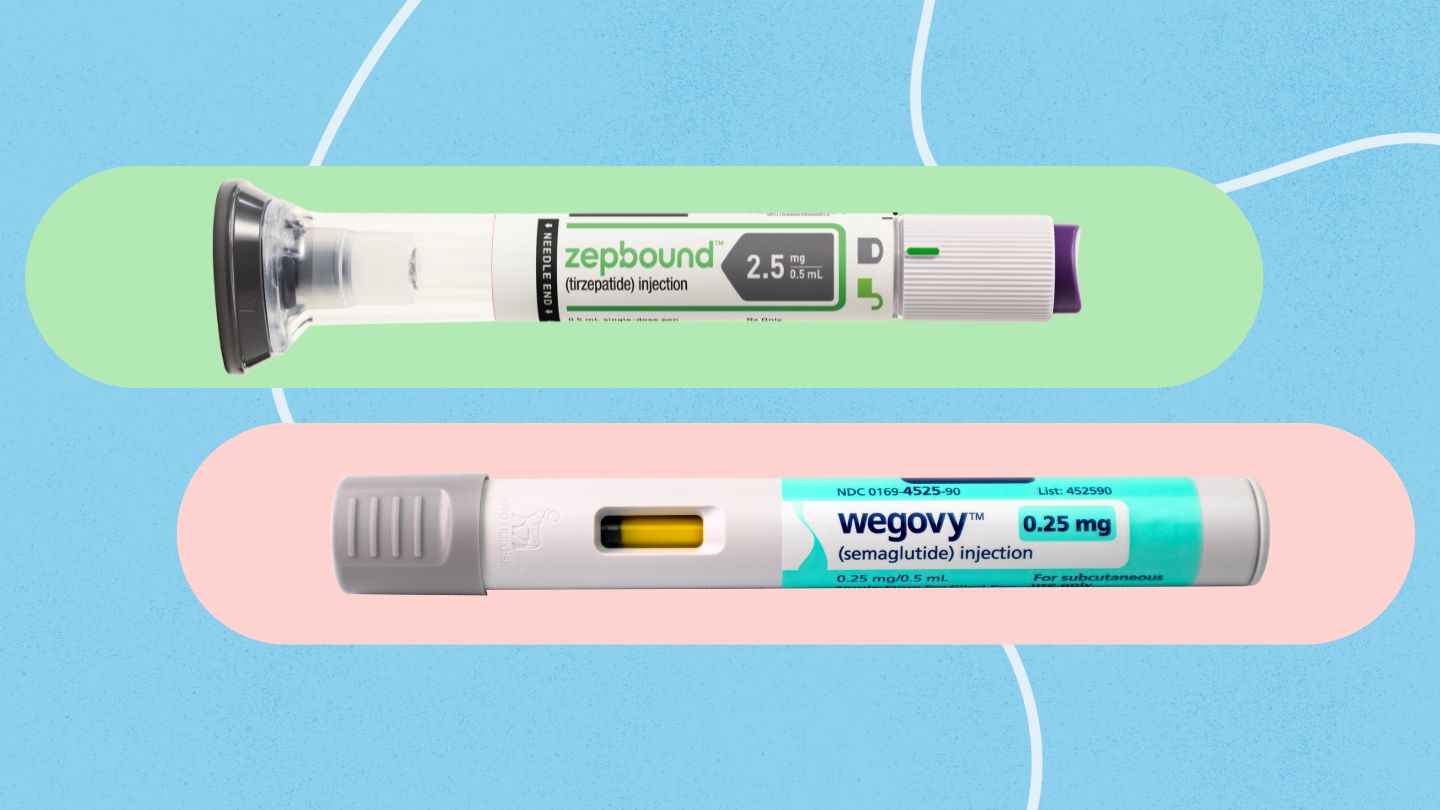Working your muscles during exercise generates heat. The more intense and prolonged the exercise, the more heat your muscles generate. Your body dissipates this heat primarily by sweating. As the sweat evaporates, body heat is lost. A slight increase in body temperature is not unusual during or immediately after exercise, especially in hot and humid environments. However, a significant elevation in body temperature could signal heat exhaustion, heatstroke, or another serious condition. A high or persistent fever after exercise should not be ignored.
Fever After Exercise An intense workout that involves more physical exertion than you’re used to can lead to an excessive elevation in body temperature known as exertional heat illness (EHI). EHI is most likely to occur in hot, humid conditions. A hot, humid environment limits the effectiveness of cooling your body through sweating.e60dc2a1-f33c-4a05-9b50-8e3e8e597629d09df1a1-274e-4f22-b9fd-ceb3cc9319dc Intense sweating in a hot environment also causes you to lose more of your body’s water, which further compromises your body’s ability to maintain a normal temperature. Although less common, EHI can also occur with prolonged or intense exercise in cool environments, especially if your clothing or protective equipment limits your body’s ability to cool itself.e60dc2a1-f33c-4a05-9b50-8e3e8e597629d09df1a1-274e-4f22-b9fd-ceb3cc9319dc
Exertional Heat Illness Conditions EHI encompasses a group of heat-related conditions that can occur with intense exercise. These conditions range from minor to potentially life-threatening. The level of increase in body temperature, along with other factors like hydration status and electrolyte balance, are key in determining the severity of EHI. EHIs include:e60dc2a1-f33c-4a05-9b50-8e3e8e597629fc346db7-bfec-41b1-b9b4-924442732a76 Exercise-associated muscle cramping Exertional heat exhaustion Exertional heatstroke Body temperature is an important factor in differentiating exertional heat exhaustion from heatstroke. A temperature of 104.9 degrees F or higher typically indicates exertional heatstroke. A body temperature of 101 to 104 degrees F suggests exertional heat exhaustion. However, the capacity to tolerate elevated body temperature varies, so accompanying signs and symptoms are also important.e60dc2a1-f33c-4a05-9b50-8e3e8e5976292ab6c99e-fe9e-4eac-9787-47df9151b0a9
EHI Signs and Symptoms Muscle cramps can develop with intense exercise at any temperature but occur more frequently in a hot environment. Muscle cramps may be the first sign of overheating. If you’re experiencing muscle cramps, it’s important to rest and hydrate. Continued exercise with an elevated body temperature could lead to heat exhaustion, which requires quick treatment to cool and rehydrate the body. Common symptoms of heat exhaustion include:e60dc2a1-f33c-4a05-9b50-8e3e8e597629336c1d30-a1be-44dc-8d53-fc15ae8d79d9 Dizziness Lightheadedness or fainting Nausea, diarrhea, or abdominal cramps Weakness and reduced performance Profuse sweating or cool, clammy skin Hyperventilation Headache Exertional heatstroke is life-threatening and requires emergency medical attention. In addition to a body temperature of 104.9 degrees F or higher, symptoms may include:e60dc2a1-f33c-4a05-9b50-8e3e8e597629de3697cf-fb1e-4800-87bb-999724e22a69 Disorientation Confusion Irritability Aggressiveness or irrational behavior Staggering or collapsing Hot skin that may be wet or dry Vomiting or diarrhea Fainting Seizures or coma
Warnings and Considerations An elevated body temperature after working out is usually related to overexertion and typically returns to normal within an hour or two with rest and hydration. Keep in mind that a fever sometimes occurs coincidentally after intense exercise. It may be a symptom of a cold, the flu, or a stomach virus. A persistent or delayed fever after intense or prolonged exercise might indicate another problem. For example, extreme exercise when you’re not accustomed to it may lead to muscle tissue breakdown. Known as exertional rhabdomyolysis, this condition is characterized by widespread muscle soreness, tenderness, and weakness.e60dc2a1-f33c-4a05-9b50-8e3e8e59762967e00044-0a23-4086-b478-2cdcc93b2c30 Rhabdomyolysis also causes a fever and brown urine due to muscle proteins leaking into the bloodstream. Immediate medical attention is needed to prevent serious complications, such as kidney failure.e60dc2a1-f33c-4a05-9b50-8e3e8e59762967e00044-0a23-4086-b478-2cdcc93b2c30
The Takeaway A slight increase in body temperature is not unusual during or immediately after exercise, especially in hot and humid environments. Resting and hydrating can help your body cool down and return to a normal body temperature. A high fever that doesn’t resolve quickly after prolonged exercise can be a sign of exertional heat exhaustion or exertional heatstroke. Heatstroke is an emergency and requires immediate medical attention.
Source link
A Fever After Excessive Exercise










